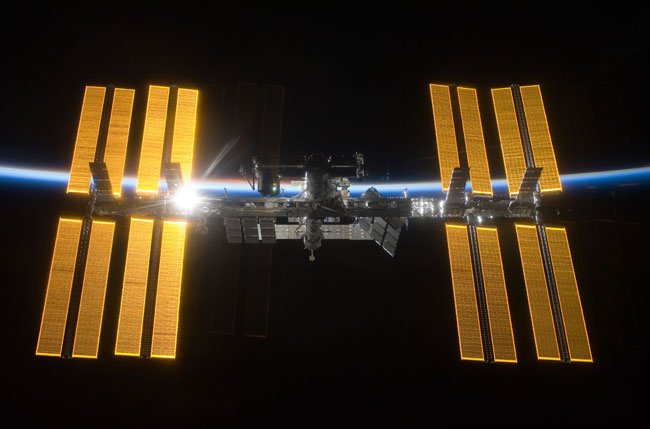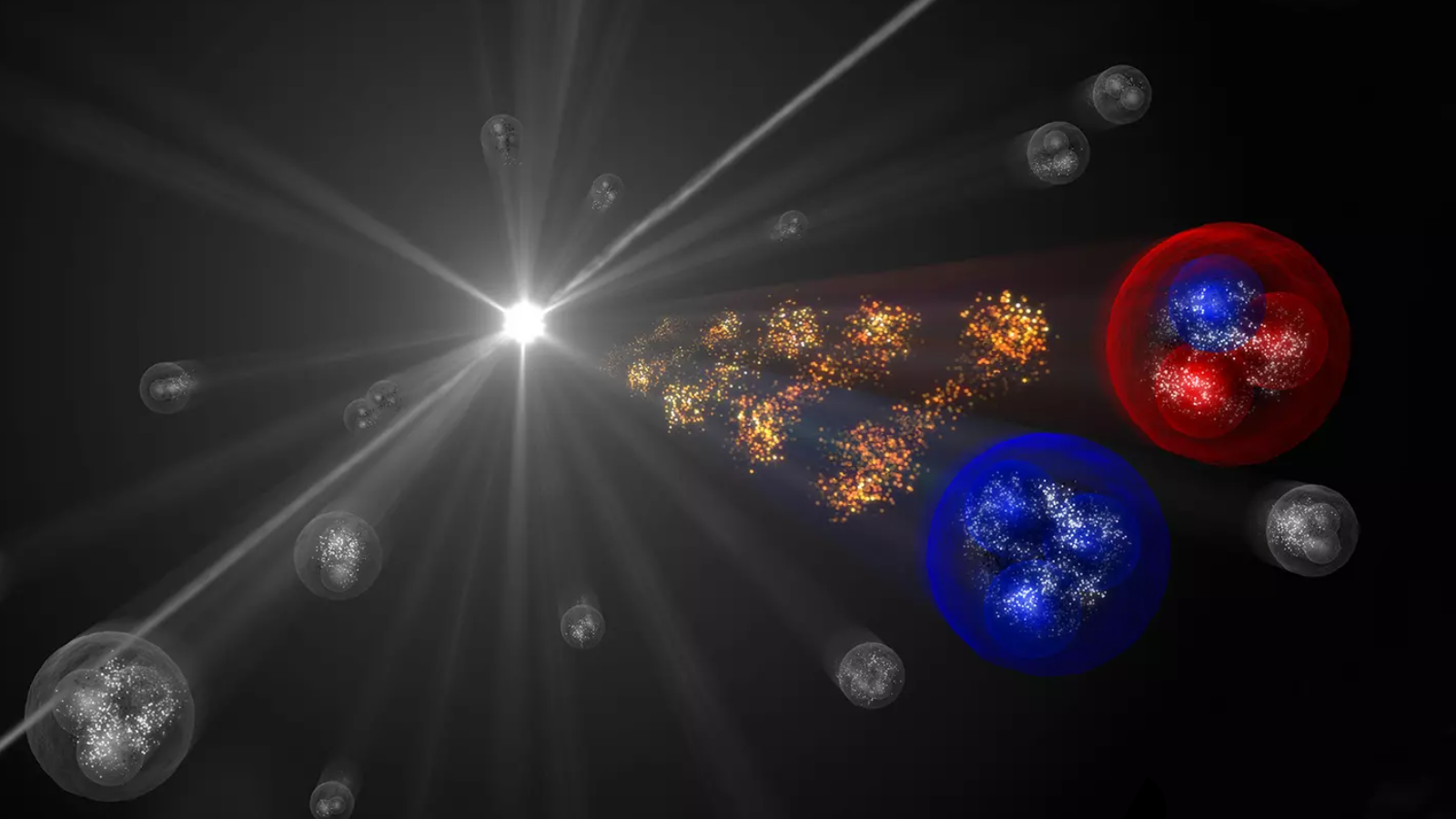Planet Earth a Fragile Oasis, Astronauts Say

Astronauts lookingdown on Earth from space have long said the view is tremendous, but it is also comeswith the revelation that of all the planets in the cosmos, there is only one worldthat humanity calls home.
?Our planetis our spaceship,? said NASAastronaut Sandra Magnus, who recently returned to Earth after spending about4 1/2 months in space. ?It looks very fragile from here, and it?s very easy totake it for granted when we?re living on it, when it seems so big and somassive. But it?s not. It?s very small and very fragile.?
Magnusreturned home in late March with a newperspective of her home planet, one that came just in time for EarthDay today.
?When youlook out the window, you notice how incredibly thin our atmosphere is, how sucha fragile shell of air we have that surrounds our planet and makes ithabitable,? she said before leaving the station. ?And you can read that in abook, but until you see it it doesn?t strike home.?
Thisisland Earth
Magnus isnot the only astronaut to marvel at the sight of her home planet from afar.
The firstastronauts ever to see the entire planet as a distant orb in a sea of black spacewere the three Apollo 8 astronauts, who took the iconicimage of Earth rising over the limb of the moon in December 1968.
Breaking space news, the latest updates on rocket launches, skywatching events and more!
?The amazingpublic perception of that stunning photo gave everybody an awareness that the Earthwas an oasis out there in a very barren, harsh cosmos,? said former astronautThomas Jones, a planetary scientist and co-author of the book ?Planetology.? ?Ithink those images became the icon of the environmental movement in its earliestphase.?
Othermissions and robotic probes have beamed home views of Earth from more distantrealms, including the surface of the moon and Mars, through the rings of Saturnand from more than 4 billion miles away, which revealed the planet as a ?paleblue dot? in space.
?That?s whatthe space program gives us is the ability for everybody to share in the astronauts'vantage point,? Jones, a four-time spaceflyer, told SPACE.com.
Meanwhile, Japan?sKaguya lunar orbiter has been recreating the Apollo 8 Earth rise view using itshigh-definition cameras since it arrived at the moon in 2007.
Astation with a view
There arethree astronauts aboard the International Space Station right now: Russianstation commander Gennady Padalka and flight engineers Michael Barratt of NASAand Koichi Wakata of Japan. Their Expedition 19 mission began in late March.
While hisnearly seven-month mission is just beginning, Barratt said the impact of seeinghis native planet far below has already had an impact.
?There?s nodoubt, when you look down at the Earth from here, you?re just overwhelmed byhow beautiful it is,? Barratt said this week, adding that two things immediately jumpout. ?One is how much you miss it, and two, is how much you really want to takecare of it as best you can.?
Magnus saidthat when a person gazes at the Earth, there is a sense that humanity and alllife as we know it are completely dependent on a single planet and its thinatmosphere.
?It makesyou think about our planet as a whole system,? Magnus said. ?We?re all there togetherliving together as human beings and other organisms and we have to take care ofeach other.?
- New Video - Google Reveals America?s Carbon Footprint
- The Top 10 Views of Earth From Space
- Image Gallery: Earth, As Seen from Space

Tariq is the award-winning Editor-in-Chief of Space.com and joined the team in 2001. He covers human spaceflight, as well as skywatching and entertainment. He became Space.com's Editor-in-Chief in 2019. Before joining Space.com, Tariq was a staff reporter for The Los Angeles Times covering education and city beats in La Habra, Fullerton and Huntington Beach. He's a recipient of the 2022 Harry Kolcum Award for excellence in space reporting and the 2025 Space Pioneer Award from the National Space Society. He is an Eagle Scout and Space Camp alum with journalism degrees from the USC and NYU. You can find Tariq at Space.com and as the co-host to the This Week In Space podcast on the TWiT network. To see his latest project, you can follow Tariq on Twitter @tariqjmalik.
